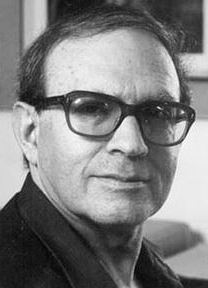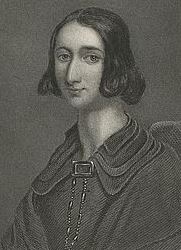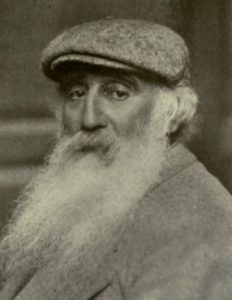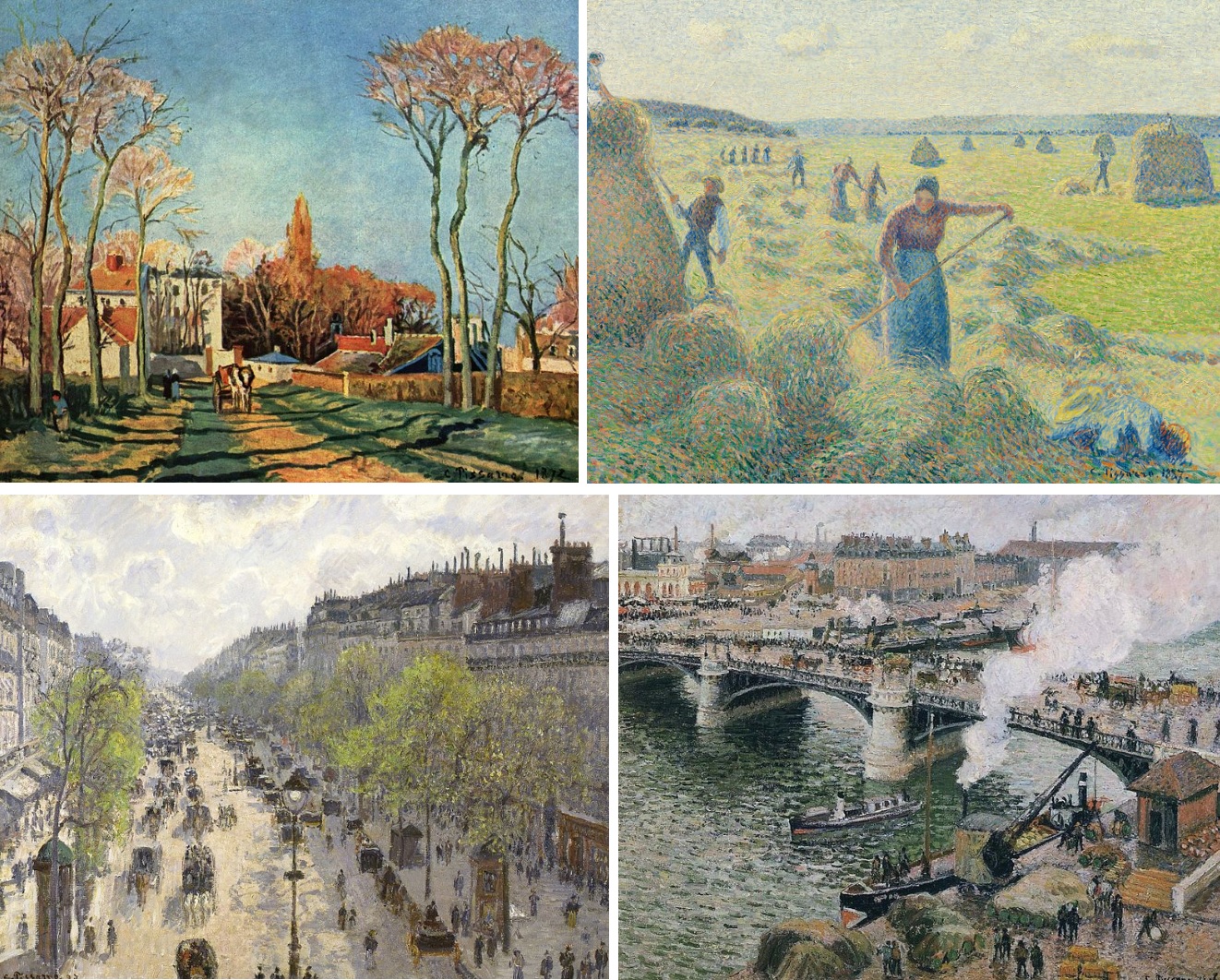Quantum Physicist and IDF Commander

Yuval Ne’eman
Yuval Ne’eman (1925-2006) was born in Tel-Aviv. His grandfather Aba Ne’eman had made aliyah to Yaffo from Lithuania as an eighteen year old, and was later among the first 66 families which settled and co-founded the city of Tel-Aviv. His grandfather also set up the city’s first electrical generator, and built some of its first factories. This may be what inspired Yuval to study mechanical engineering. He enrolled at Technion at age 15. At the same time, he joined the Haganah, and would fight valiantly in Israel’s Independence War, rising to the rank of commander of the Givati Brigade. Having spent several years living in Egypt with his parents as a child, Ne’eman spoke Arabic fluently and served as a liaison to Israel’s Mizrachi Jews, helping to settle them in the new country. In the mid-1950s, Ne’eman played a key role in the IDF’s operational command, developed its reverse mobilization system, and wrote Israel’s first defense doctrine. Meanwhile, he joined Israel’s Nuclear Energy Commission and oversaw the development of Israel’s nuclear capabilities. While serving as IDF attaché in London, he earned his PhD in physics. The following year he published his classification system for hadrons, laying the foundation for the quark model of quantum physics (proposed by recent Jews of the Week Murray Gell-Mann and George Zweig). Ne’eman returned to Israel in 1961 to direct the Soreq Nuclear Research Centre, one of the most important R&D facilities in Israel. He retired from the IDF with the rank of colonel, and founded Tel Aviv University’s School of Physics and Astronomy in 1965. Ne’eman directed it for the next seven years, then became president of he whole university. After this, he directed its Sackler Institute of Advanced Studies for nearly two decades. Ne’eman also co-directed the Center for Particle Theory at the University of Texas in Austin. A big believer in space exploration, he founded the Israel Space Agency in 1983 and chaired it until his death. He was chief scientist of Israel’s Defense Ministry in the 1970s, which opened the door for him to enter politics. Ne’eman founded the right-wing Tehiya party in response to Israel’s peace treaty with Egypt. He was elected to the Knesset in 1981 and became the country’s first Minister of Science and Technology. He continued to serve in the Knesset for over a decade. Among his many awards are the Israel Prize, the Wigner Medal, and the Albert Einstein Prize. He was also a member of the National Academy of Sciences. Ne’eman wrote a layman’s book on quantum physics called The Particle Hunters, which has been described as “the best guide to quantum physics at present available.”
Words of the Week
… Most of my people think as I do, but they’re afraid to say so… we suffer because of our Arab brothers, but we are also dependent on them. It’s a bizarre situation because the Arab countries don’t really care what happens to the Palestinian people. The only assistance that we have ever received from any country was from the ‘Zionist enemy.’
– Muhammad Zahrab, Palestinian Arab scholar

 Grace Aguilar (1816-1847) was born in London to descendants of Sephardic Jewish refugees who fled the Portuguese Inquisition. Her parents were active leaders of London’s Spanish-Portuguese Synagogue. Grace was a sickly child, and seldom left her home for the first eight years of her life. During this time, she learned dance, piano and harp, and was tutored in Jewish studies and classical literature. She started writing at this time, too. As a teenager, her father taught her Hebrew and more advanced Jewish studies while she took care of him during a long bout with tuberculosis. She then took care of her ill mother, before being plagued with a serious case of measles starting at age 19. With her brothers away at boarding school, she bore the burden of caring for her parents and taking care of the family home. To raise more money, Aguilar strove to become a professional writer. Her first book, a collection of riddle-poems called The Magic Wreath of Hidden Flowers, was a huge success and launched her writing career. She then published a translation and explanation of an earlier Spanish work called Israel Defended, written to prevent Jews from converting to Christianity. Aguilar became good friends with future British prime minister (and former Jew of the Week)
Grace Aguilar (1816-1847) was born in London to descendants of Sephardic Jewish refugees who fled the Portuguese Inquisition. Her parents were active leaders of London’s Spanish-Portuguese Synagogue. Grace was a sickly child, and seldom left her home for the first eight years of her life. During this time, she learned dance, piano and harp, and was tutored in Jewish studies and classical literature. She started writing at this time, too. As a teenager, her father taught her Hebrew and more advanced Jewish studies while she took care of him during a long bout with tuberculosis. She then took care of her ill mother, before being plagued with a serious case of measles starting at age 19. With her brothers away at boarding school, she bore the burden of caring for her parents and taking care of the family home. To raise more money, Aguilar strove to become a professional writer. Her first book, a collection of riddle-poems called The Magic Wreath of Hidden Flowers, was a huge success and launched her writing career. She then published a translation and explanation of an earlier Spanish work called Israel Defended, written to prevent Jews from converting to Christianity. Aguilar became good friends with future British prime minister (and former Jew of the Week)  Jacob Abraham Camille Pissarro (1830-1903) was born on the Caribbean island of St. Thomas to a Sephardic Jewish family of Portuguese and French ancestry. Pissarro’s father sent him to a Paris boarding school when he was 12, and it was there that he was first exposed to art, learning to paint and draw. Pissarro returned to St. Thomas at 17 to work in his father’s business, and would spend every spare moment painting. At 21, he became a professional artist and moved to Venezuela, then settled in Paris four years later. There, he apprentice under some of the great painters of the time, including Melbye and Corot. Unlike them, Pissarro wished to paint realistic scenes, and focused on capturing natural landscapes and village life. During this time he met fellow young realists like Monet and Cézanne. Soon, Pissarro was the most famous of them all, with one critic of the day describing him as being able to paint “the smell of the earth”, and another ranking him among the “three or four true painters” of the time. During the Franco-Prussian War, Pissarro lived in a village near London and experimented with a new style that would later be called Impressionism. Upon returning to France years later, Pissarro found that only 40 of his paintings survived the war out of a total 1,500 – twenty years worth of art. Frustrated by the Paris Salon that set standards in art and alone determined whose work could be exhibited, Pissarro decided to start a new art society. He recruited fifteen fellow painters to do so. The others would see him as a father figure, especially because of his long, grey beard (despite being as young as they were). He was described as having the “look of an ancestor who remained a young man”. In 1874, the new society held their first exhibit to display their new form of Impressionist art. For several years afterwards, Impressionism was a very controversial style, with critics either absolutely loving it or hating it. Pissarro would later be credited as “the first Impressionist”. Meanwhile, he became a hero for all young painters for taking a stand against the Salon. Pissarro left the Impressionist fold shorty after, and began to study under painters of the pointillist style. He would go on to fuse the two styles into Neo-Impressionism. By this point, Pissarro was seen as perhaps the most versatile painter in the world, with an “extraordinary capacity to change his art”. In 1884, he took a young Vincent van Gogh as an apprentice. Pissarro continued to paint until the last days of his life, despite a chronic eye infection that weakened his vision, and the persistent financial struggles he faced his entire life. Pissarro was known for his youthful energy, his warmth, humility, wisdom, and gracefulness. Cézanne considered him like a father, and said of Pissarro that he was “a little like the good Lord.” While his works didn’t sell so well in his own lifetime, they are among the most coveted in the world today. One of his paintings was auctioned off for a whopping £19.9 million in 2014. Four of Pissarro’s seven children became noted painters of their own, as are a number of his great-great-grandchildren today.
Jacob Abraham Camille Pissarro (1830-1903) was born on the Caribbean island of St. Thomas to a Sephardic Jewish family of Portuguese and French ancestry. Pissarro’s father sent him to a Paris boarding school when he was 12, and it was there that he was first exposed to art, learning to paint and draw. Pissarro returned to St. Thomas at 17 to work in his father’s business, and would spend every spare moment painting. At 21, he became a professional artist and moved to Venezuela, then settled in Paris four years later. There, he apprentice under some of the great painters of the time, including Melbye and Corot. Unlike them, Pissarro wished to paint realistic scenes, and focused on capturing natural landscapes and village life. During this time he met fellow young realists like Monet and Cézanne. Soon, Pissarro was the most famous of them all, with one critic of the day describing him as being able to paint “the smell of the earth”, and another ranking him among the “three or four true painters” of the time. During the Franco-Prussian War, Pissarro lived in a village near London and experimented with a new style that would later be called Impressionism. Upon returning to France years later, Pissarro found that only 40 of his paintings survived the war out of a total 1,500 – twenty years worth of art. Frustrated by the Paris Salon that set standards in art and alone determined whose work could be exhibited, Pissarro decided to start a new art society. He recruited fifteen fellow painters to do so. The others would see him as a father figure, especially because of his long, grey beard (despite being as young as they were). He was described as having the “look of an ancestor who remained a young man”. In 1874, the new society held their first exhibit to display their new form of Impressionist art. For several years afterwards, Impressionism was a very controversial style, with critics either absolutely loving it or hating it. Pissarro would later be credited as “the first Impressionist”. Meanwhile, he became a hero for all young painters for taking a stand against the Salon. Pissarro left the Impressionist fold shorty after, and began to study under painters of the pointillist style. He would go on to fuse the two styles into Neo-Impressionism. By this point, Pissarro was seen as perhaps the most versatile painter in the world, with an “extraordinary capacity to change his art”. In 1884, he took a young Vincent van Gogh as an apprentice. Pissarro continued to paint until the last days of his life, despite a chronic eye infection that weakened his vision, and the persistent financial struggles he faced his entire life. Pissarro was known for his youthful energy, his warmth, humility, wisdom, and gracefulness. Cézanne considered him like a father, and said of Pissarro that he was “a little like the good Lord.” While his works didn’t sell so well in his own lifetime, they are among the most coveted in the world today. One of his paintings was auctioned off for a whopping £19.9 million in 2014. Four of Pissarro’s seven children became noted painters of their own, as are a number of his great-great-grandchildren today.